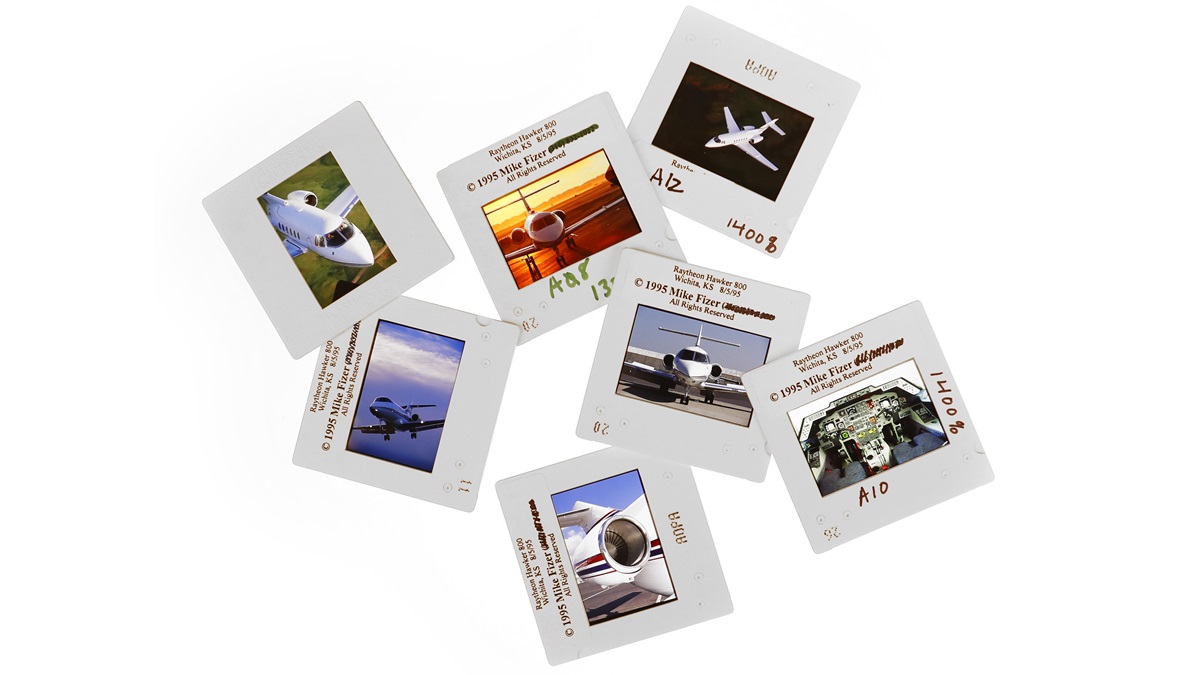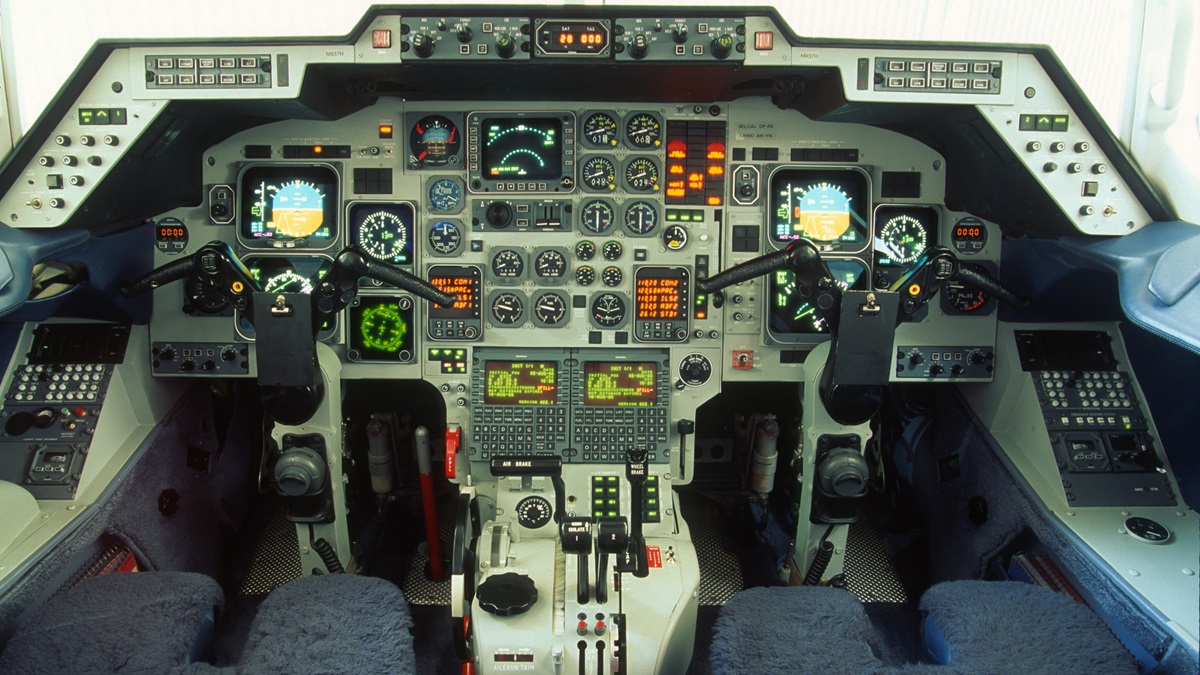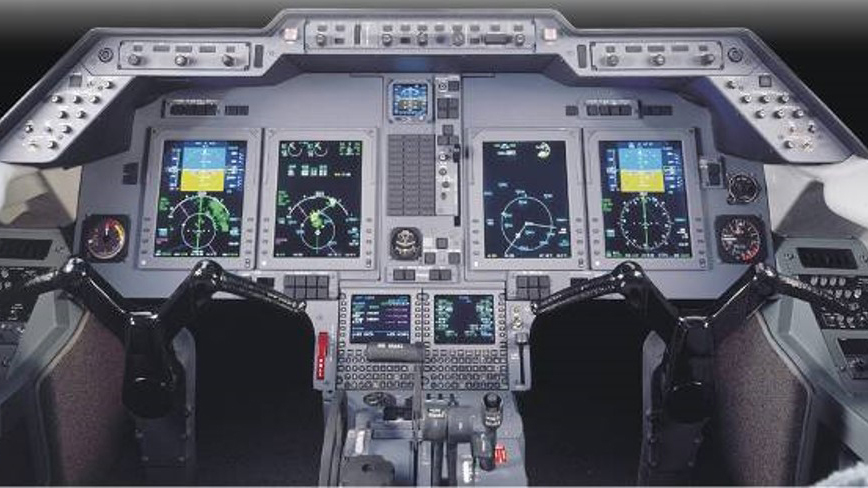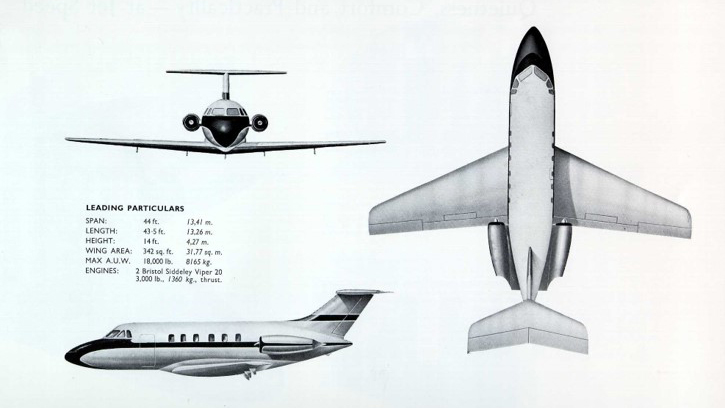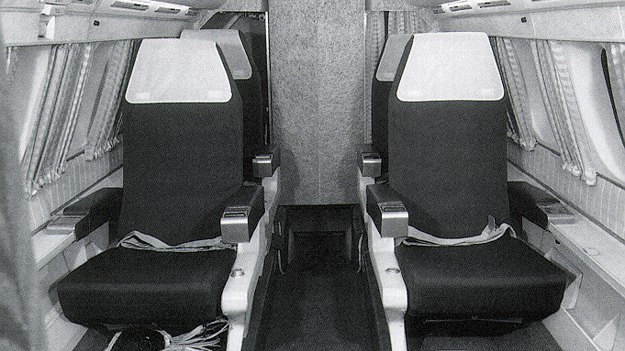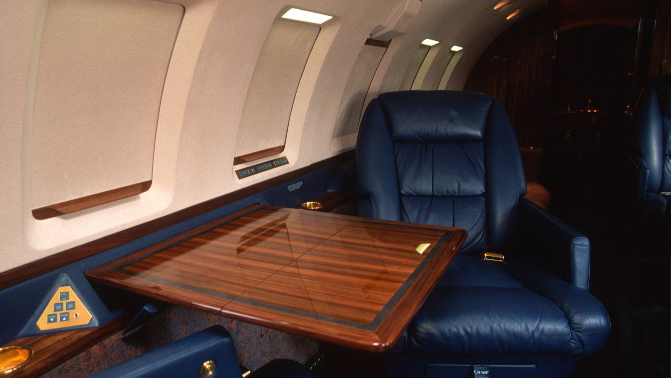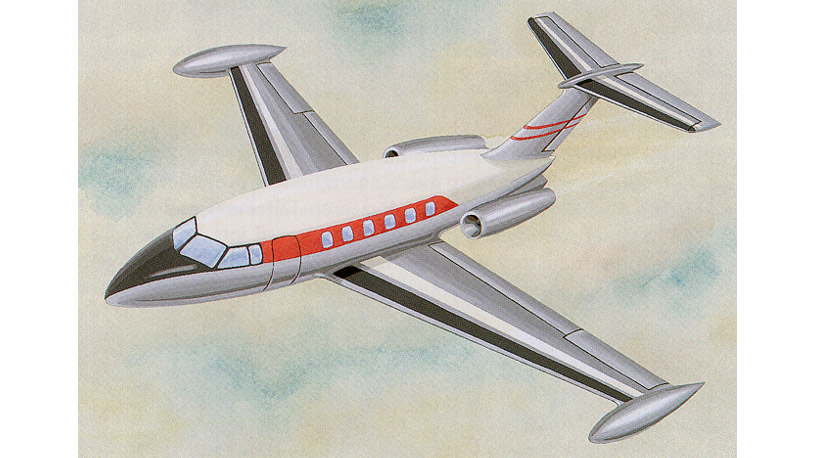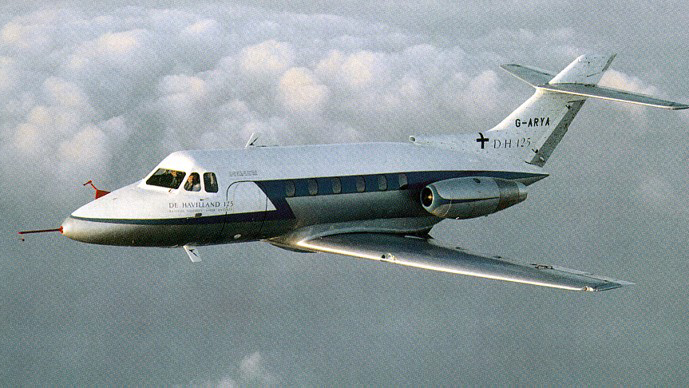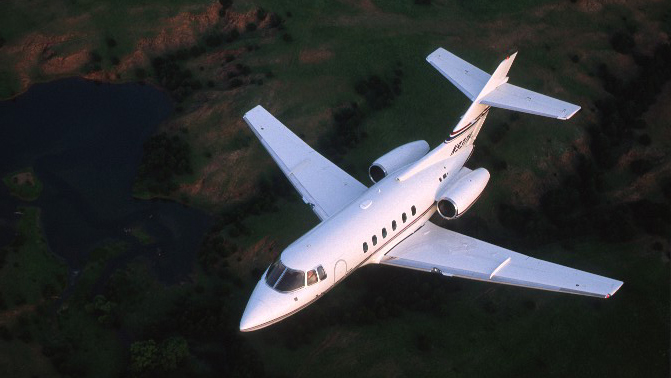The Hawker line
Built like a tank, yet elegant and versatile
By Rob Mark
When the Lockheed Jetstar and the North American Sabreliner first appeared as military jet transports in the late 1950s, the de Havilland Aircraft Company in Hatfield, England, knew they’d need a jet of their own to compete in the emerging business aviation marketplace.
The company wanted a jet to carry at least a half dozen people in a standup cabin at 500 mph. And it had to include a toilet, of course. The result was a project at de Havilland nicknamed the Jet Dragon. The heritage of de Havilland was already well-known for a pair of World War II fighters—the Hurricane and the Sea Fury—as well as the Trident and Comet airliners.
By 1961, those drawings in Hatfield had evolved into a mid-size-cabin business jet that would thrive through a few dozen variants and production run of six decades. All carrying the “HS–125” designation, those airplanes came to be known as simply the Hawker. HS–125s were known for their roomy cabins, generous load-carrying, and rough field capabilities, as well as an airframe tough enough to survive an air-to-air missile strike. One customer indeed did say the Hawkers were built like battleships. Model designation began with the HS–125-1, progressed through the HS–125-400, 600, 700, 800, 900, and 1000 models. The Hawker line kept pace with its competitors outselling the Sabre’s in the early 1970s. By the early ’80s, Hawkers saw new competitors like the Lear 55/60 and Cessna’s Citation 650 with the three aircraft competing almost neck and neck through the mid ’90s.
The name game
While de Haviland retained all the credit for designing the HS-125s, corporate ownership of the aircraft changed—often. After de Havilland, the aircraft became the Hawker Siddeley 125 (HS.125) until that company was absorbed by British Aerospace (BAe). In 1989 BAe ownership of the corporate jet program was transferred to the BAe-owned modification center in Little Rock, Arkansas, until it was again sold in 1983 to Raytheon, already owners of Beech Aircraft.
The new Raytheon Corporate Jet division, with permission from Hawker Siddeley, officially named their aircraft the Hawker, but later just called it the Beechjet. Evolution continued when, in 1994, Raytheon merged Beechcraft and the Corporate Jets arms to create the Hawker Beechcraft Company. Employees’ heads were probably still spinning from the previous changes when Hawker Beechcraft was sold to Goldman Sachs/Onyx in 2006. Struggling under a heavy dead load and fallout from the financial crisis of 2008, Hawker Beechcraft entered a downward spiral from which it would never recover. The company soon filed Chapter 11 and ceased producing jet aircraft in 2012.
From the beginning, Hawkers were designed with de Havilland’s love of simplicity. That translated into mechanical flight and trim controls connected through cables to a ram’s horn yoke like those on pre-sidestick Embraers. The Hawker’s double-slotted flaps consumed 55 percent of the airplane’s 51-foot wingspan. Once firmly planted on the ground after landing, the aircraft’s hydraulically actuated lift-dump system dropped those barndoor-like flaps 75 degrees to slow the Hawker more effectively than thrust reversers, according to many pilots. Reversers remained only an option on Hawkers for decades.
Pilots came to regard the airplane as a Chevy Suburban for its ruggedness, roominess, reliability, and a center of gravity that was nearly impossible to exceed.A 10,000-pound fuel load, including some stored in a ventral tank, gave the Hawker long legs that began initially at about 1,000 miles with reserves, but eventually increased to 3,000 nautical miles on the Model 1000. To cope with icing issues, Hawkers used a TKS anti-icing system that pumped alcohol-based fluid through tiny porous stainless steel leading edges.
For many years, Hawker airframes were constructed in England and shipped to Wichita for assembly before being flown to Little Rock for interiors and avionics.
Some pilots laughed at the Hawker 800’s Mach 0.78 speed limit, although that limitation is what allowed for the simple mechanical flight controls. Pilots came to regard the airplane as a Chevy Suburban for its ruggedness, roominess, reliability, and a center of gravity that was nearly impossible to exceed. Hawkers could also be approved for rough fields.
Power by the hour
The first Hawkers used Bristol Siddeley (eventually Rolls-Royce) Viper engines with a variety of thrust ratings that began at roughly 2,900 pounds of thrust each and progressed through the aircraft upgrades to the Garrett TFE 731s at 3,750 pounds and increased again with the Pratt & Whitney Canada PW 305s to the 5,200-pound-thrust category mounted on the Hawker 1000.
The mostly composite Hawker 4000 certified in 2006 stood in a class of its own, having been built from scratch in Wichita. It was also 10,000 pounds heavier than the 700/800/900/1000 series airplanes. The 4000s were powered by Pratt & Whitney Canada PW308As producing 6,900 pounds of thrust each.
A pair of external issues in the 1970s drastically altered the perception of Hawkers in the marketplace: first the 1973 Middle East oil embargo followed by the 1974 issuance of FAR Part 36 noise standards in the United States. It quickly became clear the Vipers were not up to handling either the skyrocketing fuel prices or those noise restrictions, let alone both, so Hawker Siddeley engineers landed on the relatively new Garrett TFE731s. TFE, which stands for turbo fan engine, were created to update current turbojet business airplanes while improving their range. When the 700 series Hawker received the first Garretts, pilots experienced an incredible 50 to 60 percent increase in aircraft range using the original fuel loads, while also significantly reducing noise and eliminating visible exhaust smoke.
New powerplants meant the Hawkers were also the first business jets to offer automatic power reserve (APR), an option originally designed by Boeing. In the event of an engine failure, using APR could boost power on the good engine above its maximum power rating, an impressive option, if of course the crew didn’t fail to ensure the system was armed before takeoff. The newly-engined 700 series also included an interior fueling panel system that cut fueling time from 20 minutes down to just 10. Touch control steering (TCS) and an automatic flight control system (AFCS) also appeared first on the 700s.
Turbomach APUs became standard on the Hawker 800s and allowed for a pressurized cabin before taking the runway since the engine bleeds were required to be off to improve takeoff performance.
A tough bird
During those six decades of production, Hawkers were known as practical aircraft with a good-size standup cabin and eventually seating for up to a dozen passengers. Fill a Hawker with fuel, add a bunch of passengers, load a flotilla of bags, and depart on flights of many hours at altitudes up to 41,000 feet. How much easier could it get? The original H–125-1 measured 47 feet 6 inches nose to tail. In its final English-designed variant—the model 1000—that fuselage had stretched to nearly 54 feet. Most pilots remember Hawkers as simple and easy to fly. But there was that airframe that some critics first said was overbuilt, creating unnecessary weight.
In Hawker—The Story of the 125, author Bill Gunston explained how the operating life of one new Hawker 800 was cut short just a few months after it was delivered to the government of Botswana. “On August 8, 1988, OK-1, as the aircraft was registered, was taking President J.K. Quett Masire and his staff to Luanda, Angola, for a meeting of Front Line States,” Gunston recounts. “While cruising at 35,000 feet…an over-eager Angolan MiG-21 pilot fired two air-to-air missiles at the Hawker. One struck the right engine and blew it off the airplane. By simple good fortune, the second missile locked on to the engine as it fell to the ground. Inside the cabin, the cabin steward had been blown forward knocking out the Botswana pilot. A BAe training pilot, Arthur Ricketts, happened to be occupying the right seat and was able to take control of the aircraft. He made a successful landing at Cuito Bie, a remote airstrip in the African bush that by good fortune just happened to be nearby.” All aboard the aircraft survived with only a few minor injuries. Over the years, this story did much to reinforce the airplane’s battleship reputation.
The last Hawker
The final Hawker, the super mid-size Horizon, was announced at the 1996 NBAA Convention. By the time the first 60-percent composite Horizon was certified in 2006, its name had been changed to the Hawker 4000.
The 4000’s cabin is just under 6.5 feet wide and 29.5 feet long, with a flat floor that just squeezes in a six-foot-tall person compared to the Hawker 800’s cabin, fully eight feet shorter. The 4000 can carry full fuel and seven passengers all day long, while the range tradeoff to carry eight people is minimal. With full fuel and eight passengers the 4000 can fly to just about any city on the west coast from nearly anywhere on the east.
The 4000’s performance manual says at the maximum takeoff weight of 39,500 pounds, the Hawker 4000 requires 5,068 feet of runway for takeoff at sea level on a standard day. At more moderate weights, such as five people and 10,000 pounds of fuel, well under gross weight, the 4000 requires just 4,300 feet to become airborne for a 2,000-nautical-mile trip. On a warm 28-degree-Celsius day departing Aspen, for instance, the also practical Hawker 4000 can carry six people and enough fuel to fly to Anchorage, Bangor, or even Panama City, Panama.
Pilots say…
I truly enjoyed my Hawker 800 flying time; yes, even though its mechanical flight control system may have seemed like an antique when I began. The only impractical drawback I remember was the need to haul every single bag and box up the front stairs to stow them. My friend, Marty Galis, flies a Hawker 750—a variant of the 800XP—from Kenosha, Wisconsin, and says the builders finally added an externally accessed rear baggage area on that airplane. Of course, that meant removing the ventral fuel tank and its 1,500 pounds of fuel. I remember the time after landing that I leaned against the leading edge of the left wing after we’d encountered some ice. That TKS fluid destroys just about any cloth it touches.
There were many other Hawker variants, even near the end. The Hawker 800XP was created as an upgraded model 800 model with TFE731-5BR powerplants and avionic upgrades. The Hawker 850XP was an upgraded 800XP with winglets and avionic upgrades, while the 900XP evolved as an upgraded 850XP with the TFE731-50 powerplants.
Focusing on simplicity again, Galis mentioned the Hawker’s “rudder gust lock…that looks like a big red pump handle connected to the rudder pedal. You’re not ever going to forget that because you’re not going to be able to get your feet to the rudder pedals without kicking that big pole.” Then there’s the backup hydraulic system. “Sixty to 70 strokes on the pump to get the gear down,” he said, “and another 60 or 70 strokes to extend the flaps.”
A memorable history
Martin Tuck, Textron Aviation’s senior technical marketing advisor, said 1,673 Hawkers were eventually built. Textron now supports the nearly 1,200 original Hawkers he said are still flying.
Even though Hawker production ended a decade ago, thousands of pilot certificates still carry that “HS–125” type rating imprint. Secretly, we all know those Hawkers really are dragons.
Rob Mark flew the Hawker 800 and writes the award-winning blog Jetwhine.com.